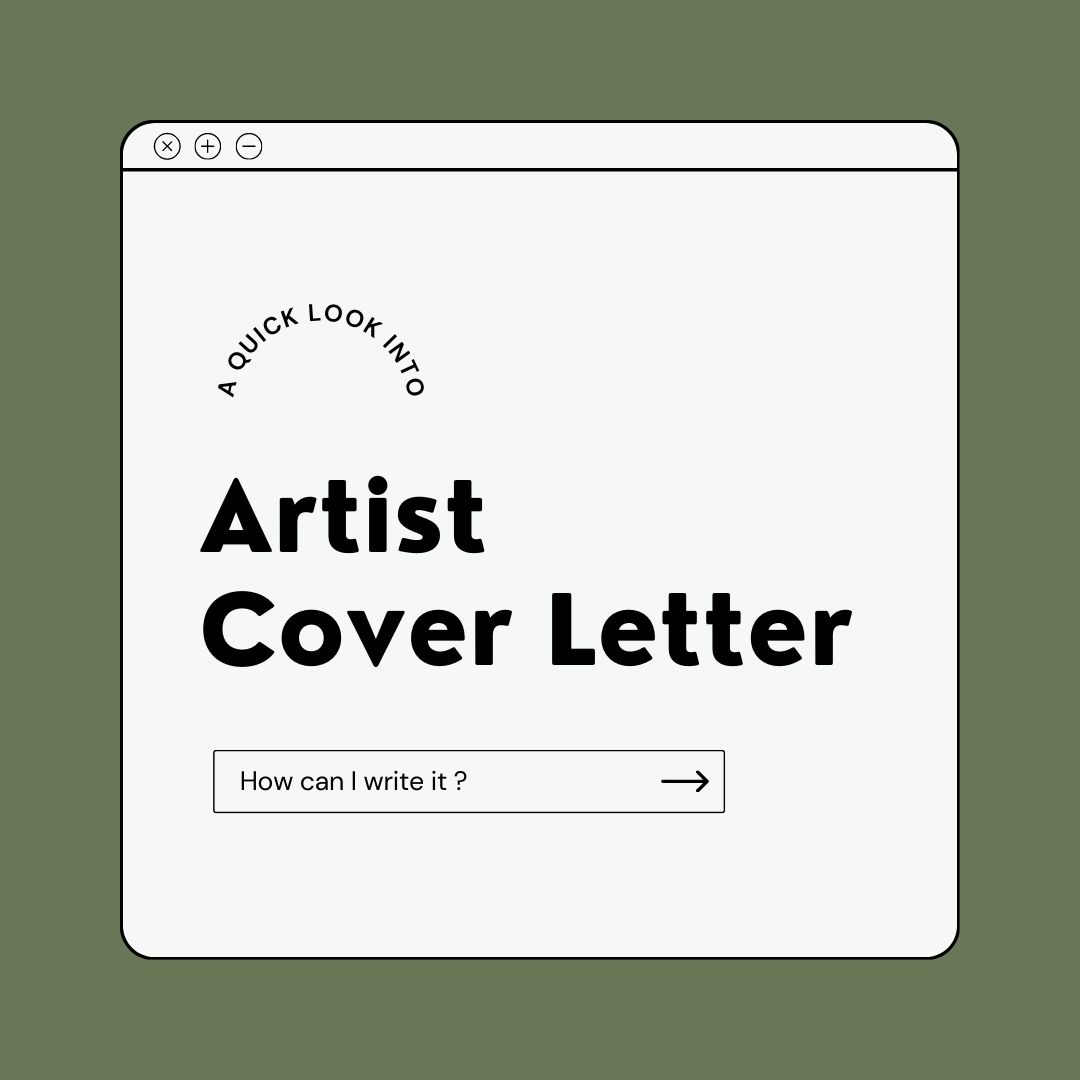what is artist cover letter ?
An artist cover letter is a brief written document that accompanies an artist’s submission of their work to a gallery, museum, or other art venue. It serves as an introduction to the artist and their work and provides a way for the artist to explain their motivations and goals as an artist.
The cover letter typically includes information about the artist’s background and experience, a description of the work they are submitting, and why they believe their work would be a good fit for the specific gallery or venue. The cover letter should be well-written, professional, and concise, and should provide the recipient with a clear understanding of the artist and their work.
An artist cover letter provides the recipient with an opportunity to get to know the artist and their work before viewing the actual art pieces, and it can help to establish a connection between the artist and the gallery or venue. It is an important part of the submission process and can play a role in the decision-making process for the recipient.
how write an artist cover letter ?
An artist cover letter is a key component of your submission to a gallery. It provides a way for you to introduce yourself, your work, and your motivations to the gallery owner or curator. Here are some steps to help you write an effective artist cover letter:
- Research the gallery: Before you begin writing your cover letter, research the gallery you are submitting to. Visit their website, review their exhibitions, and learn about the type of work they show.
- Address the recipient: Begin your cover letter by addressing the recipient by name, if possible. Use a professional salutation, such as “Dear [Name],”.
- Introduce yourself and your work: Briefly introduce yourself and provide an overview of your background as an artist. Highlight your key achievements, such as exhibitions or awards, and describe the type of work you create.
- Explain why you are interested in the gallery: Mention specific exhibitions or artists that have inspired you, and explain why you believe your work would be a good fit for the gallery.
- Provide images of your work: Include images of your work, either as attachments or as links to an online portfolio. Be sure to mention the medium, size, and year of each piece.
- Keep it brief: Your cover letter should be brief and to the point, typically one page in length. Avoid getting bogged down in details or going off on tangents.
- End with a professional closing: End your cover letter with a professional closing, such as “Sincerely,” and include your contact information, such as your email address and phone number.
By following these steps, you can write an effective artist cover letter that showcases your skills and abilities and highlights why your work would be a good fit for the gallery. Good luck!
A few DONT’S to writing artist cover letter:
Here are a few things to avoid when writing an artist cover letter:
- Don’t use a generic or formulaic approach: A cover letter that is cookie-cutter or formulaic is unlikely to make a good impression. Instead, take the time to personalize your letter to the specific gallery or venue you are submitting to.
- Don’t use technical jargon: Avoid using technical art terms or jargon that may not be familiar to your audience. Instead, use clear and concise language to describe your work.
- Don’t overstate your achievements: While it’s important to highlight your key achievements and experience, avoid overstating or exaggerating your accomplishments. This can detract from the credibility of your submission.
- Don’t neglect proper formatting: Your cover letter should be well-formatted and easy to read. Avoid using unusual fonts or colors, and be sure to proofread for typos or grammatical errors.
- Don’t ignore the guidelines: If the gallery or venue has specific guidelines for submissions, be sure to follow them. This may include specific instructions for the cover letter format, the number of images to include, and the method for submitting your work.
By avoiding these common pitfalls, you can ensure that your cover letter is professional, effective, and well-received by the recipient.


